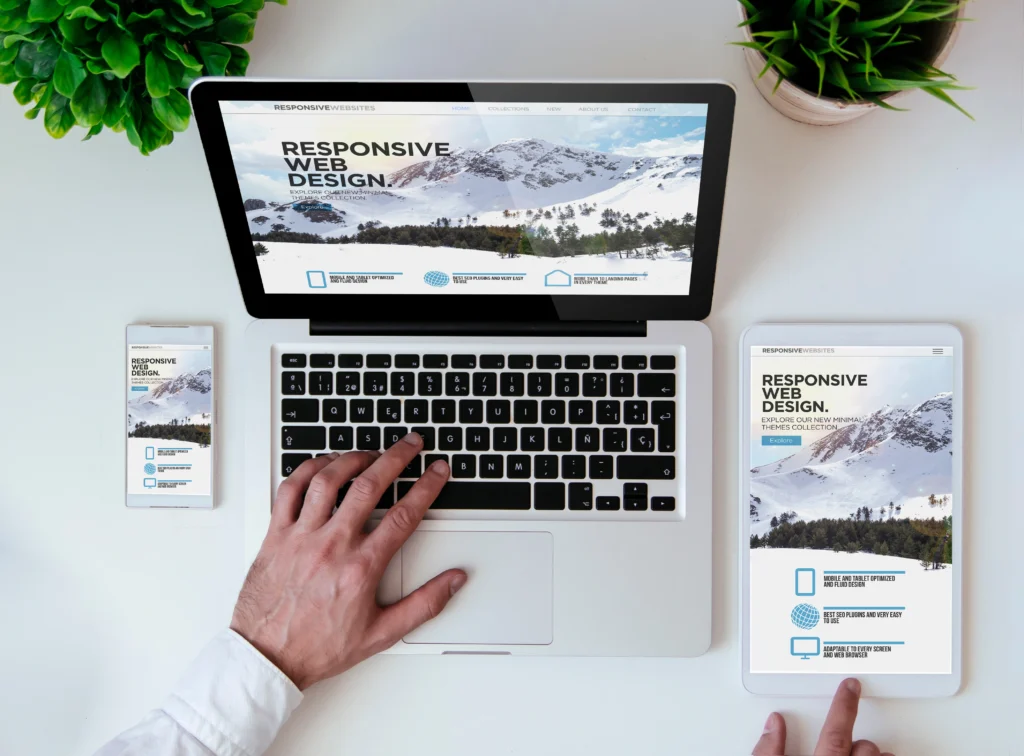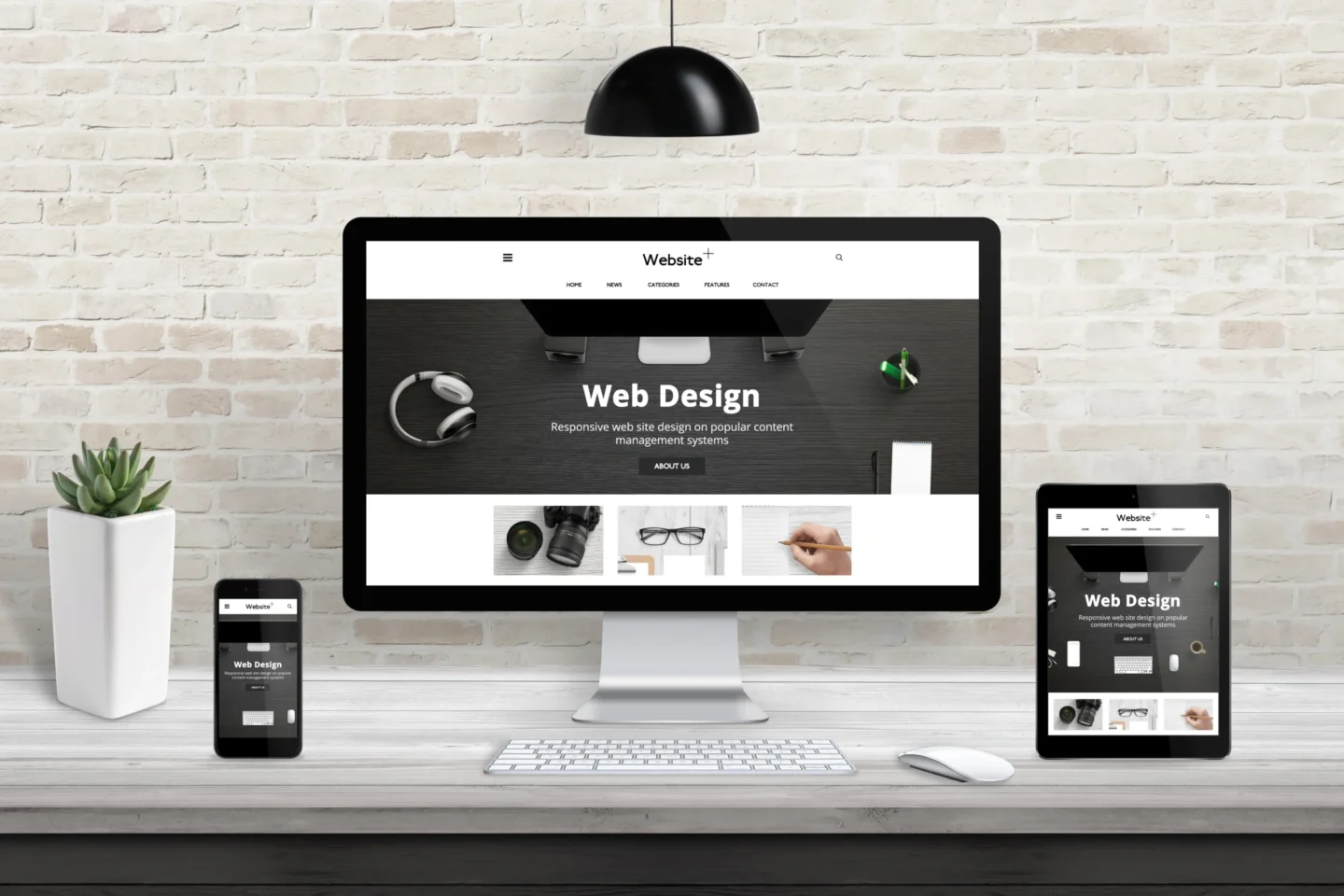
A website may have beautiful design, compelling content, and an excellent product or service, but without strong Call to Action (CTA) buttons, it risks falling short of its purpose—driving users to take meaningful steps. CTAs are the guideposts that lead visitors toward conversions, whether that means making a purchase, filling out a contact form, or subscribing to a newsletter. The most successful Chester, IL business websites understand that strategic CTA buttons are not just design elements; they are essential tools for turning passive browsing into measurable results.
What Makes a CTA So Important?
At its essence, a CTA serves as the link between curiosity and action. Visitors might enjoy browsing a site, but without clear direction, they can easily leave without engaging further. A strong CTA cuts through distraction and provides a straightforward path forward. Instead of leaving potential customers to guess what they should do next, a CTA spells it out: “Buy Now,” “Get Your Free Quote,” “Sign Up Today.” Websites that prioritize CTAs build smoother customer journeys. Instead of dead ends, visitors encounter opportunities to act, which naturally increases engagement and drives conversions.
The Psychology Behind CTA Effectiveness
CTA buttons are powerful because they leverage psychological cues that influence how people make decisions. The most effective ones often include:
- Urgency: Phrases such as ‘today’ or ‘limited time’ push users to act quickly instead of putting it off.
- Clarity: Simple, direct language reduces confusion and makes the next step obvious.
- Value Exchange: Strong CTAs highlight what the user gains (“Download Your Free Guide”) instead of just what they must do.
These subtle factors make CTAs powerful motivators, helping websites convert casual visitors into loyal customers.
Placement Matters: Where to Put CTA Buttons
High-performing websites place CTA buttons strategically in the spots where visitors are most inclined to take action:
- Above the Fold: A CTA at the top of the homepage ensures that first-time visitors immediately see a clear option.
- End of Content: After reading a blog post or scrolling through a product page, a CTA provides a logical next step.
- Within the Flow: Strategically embedding CTAs within service descriptions, FAQs, or testimonials ensures users never feel stuck.
The most effective websites test placement continuously. Heatmaps, A/B testing, and analytics reveal where visitors naturally pause or click, allowing businesses to position CTAs where they’ll have the most impact.
CTA Design: More Than Just a Button
How a CTA button is designed greatly affects its overall effectiveness. Websites that excel in conversions often pay attention to design elements such as:
- Color Contrast: The button should stand out from the rest of the page, drawing the eye instantly.
- Size and Shape: Buttons should be big enough to stand out, yet balanced so they don’t overpower the page design.
- Readable Fonts: Clear, bold text makes the message unmissable.
- White Space: Surrounding CTAs with enough breathing room makes them visually pop without clutter.
By combining these design principles with persuasive wording, successful websites make CTAs irresistible and intuitive to click.
Tailoring CTAs to Different Audiences
Visitors may be at different stages of readiness to act. Some are prepared to purchase, while others are simply researching. That’s why top-performing websites often use multiple CTAs geared toward different stages of the customer journey.
For example:
- Early Stage Visitors: “Learn More” or “Download Guide” appeals to those still gathering information.
- Mid-Stage Visitors: “Get Your Free Quote” or “Schedule a Call” encourages deeper interaction.
- Ready-to-Buy Visitors: “Add to Cart” or “Start Your Free Trial” drives immediate conversion.
By offering CTAs for varying readiness levels, businesses can nurture leads instead of losing them.
Testing and Improving CTAs
One hallmark of successful websites is that they don’t just create CTAs and leave them untouched. They test and refine them regularly. A/B testing allows Chester, IL businesses to experiment with different button colors, wording, and placements to see what performs best. For example, a simple change from “Submit” to “Get Started” can dramatically increase click-through rates. Testing provides concrete data that transforms assumptions into actionable insights, ensuring that CTAs evolve with user behavior.
Mobile-Friendly CTAs
Since mobile browsing now makes up over half of all web traffic, CTA design needs to be optimized for mobile users as well. Successful websites create CTAs that are:
- Easy to tap with a thumb.
- Large enough to be noticed on smaller screens.
- Positioned where mobile users naturally scroll.
A CTA that looks perfect on desktop but is hard to access on mobile risks alienating a huge portion of the audience.

How CTAs Drive Business Results
At the end of the day, CTAs are directly tied to business growth. A strong button can mean the difference between a user leaving or becoming a paying customer. When optimized, CTAs:
- Increase lead generation.
- Boost sales and subscriptions.
- Encourage repeat engagement.
- Strengthen the overall customer journey.
They serve as the digital handshake between a business and its customers, signaling an open invitation to build a relationship.
From compelling wording and smart placement to continuous testing and mobile optimization, strong CTAs ensure that every visitor has a clear path forward. Be sure to give Hometown Marketing Group a call today if your Chester, IL business could use a better website.



